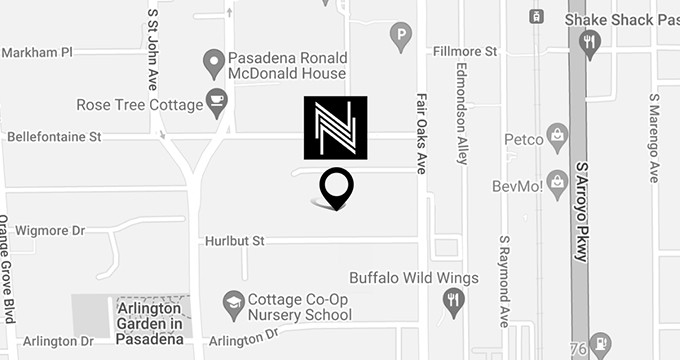
Breast augmentation is a transformative procedure, but understanding the recovery process, especially regarding pain and swelling, is crucial for a successful outcome. Many patients are concerned about how long these symptoms will last and how they might impact daily life. While pain and swelling are normal aspects of recovery, the timeline and intensity can vary significantly based on individual factors and surgical techniques.
This article offers a detailed exploration of what to expect during the recovery period, providing insights often overlooked in standard post-operative discussions, helping patients prepare for a smoother, more informed recovery experience.
The Initial Days After Surgery
The first few days after breast augmentation are critical for setting the foundation for a smooth recovery. During this time, patients typically experience the most significant pain and swelling as the body responds to the surgical trauma.
What to Expect in the First 48 Hours
In the first 48 hours post-surgery, swelling and bruising around the breasts are common. This is the body’s natural inflammatory response to surgery, and while it can be uncomfortable, it is a normal part of the healing process. Patients may also feel tightness in the chest area due to the placement of the implants, which can contribute to discomfort.
Managing Pain in the Early Stages
Pain management during these early days is crucial. Surgeons typically prescribe pain medications to help control discomfort. Additionally, using cold compresses can help reduce swelling and numb the area, providing relief. Resting in an elevated position, with pillows propping up the upper body, can also help alleviate pressure on the chest and minimize swelling. It’s important to follow the surgeon’s post-operative instructions closely during this time to ensure a smooth start to recovery.
Swelling Timeline After Breast Augmentation
Swelling is a normal part of the healing process after breast augmentation, but understanding the timeline can help manage expectations and ensure a smoother recovery.
First Week Post-Op
During the first week after surgery, swelling is at its peak. The breasts may appear larger than expected due to this swelling, which is especially pronounced in the first three to four days. This initial swelling is the body’s response to surgical trauma, and it may also be accompanied by bruising and a feeling of tightness. During this time, it’s important to rest and avoid any strenuous activities that could exacerbate swelling. Following your surgeon’s post-operative care instructions, including wearing compression garments and taking prescribed medications, can help manage this swelling.
Swelling After the First Month
By the end of the first month, the initial swelling should have significantly subsided, though the breasts may still feel firm and slightly swollen. The majority of patients notice a considerable reduction in swelling during this period, with the breasts beginning to settle into a more natural shape. However, some residual swelling, particularly around the upper poles of the breasts, is common. This is a normal part of the healing process as the body adjusts to the implants and the tissue continues to recover.
Long-Term Swelling
Long-term swelling can persist for several months after surgery, albeit much less noticeable. The final results of breast augmentation, where the swelling has fully subsided and the implants have settled into their permanent position, typically become apparent around the six-month mark, though for some, it may take up to a year. Patience during this period is crucial, as the subtle changes in breast shape and size are part of the natural healing process. Regular follow-up appointments with your surgeon are important to monitor progress and address any concerns that may arise during this time.
Tips for Reducing Pain and Swelling
Proper care and a few strategic practices can help significantly reduce pain and swelling after breast augmentation, ensuring a smoother recovery.
Pain Management Strategies
Effective pain management begins with following your surgeon’s prescribed medication regimen. Painkillers, such as acetaminophen or prescribed medications, can help alleviate discomfort during the initial recovery period. In addition to medication, applying cold compresses to the chest area for short periods can help numb the area and reduce swelling. However, avoid placing ice directly on the skin to prevent frostbite. Rest is also crucial—keeping physical activity to a minimum allows your body to focus on healing, which in turn reduces pain and inflammation.
Swelling Reduction Tips
Swelling can be managed by adopting a few simple lifestyle adjustments. Staying well-hydrated helps flush out toxins and reduce fluid retention, which can contribute to swelling. Wearing compression garments as directed by your surgeon can also help reduce swelling by applying gentle pressure to the breasts, promoting proper circulation and support. Avoiding salty foods is another important step, as excess sodium can lead to increased fluid retention and exacerbate swelling.
When to Seek Medical Advice
While pain and swelling are normal parts of the recovery process, there are instances when they may signal a problem. If you experience severe, persistent pain that doesn’t improve with medication, or if swelling becomes increasingly worse, it’s important to contact your surgeon. Other warning signs include excessive redness, warmth, or discharge from the incision sites, which could indicate an infection. Regular follow-up appointments with your surgeon will also help ensure that your recovery is progressing as expected.
Conclusion
Understanding the timeline and management of pain and swelling after breast augmentation is crucial for a successful recovery. While these symptoms are normal, they can be effectively managed with proper care, medication, and lifestyle adjustments. By following the recommended tips and staying in close contact with your surgeon, you can ensure a smoother recovery and achieve the best possible results from your procedure.
If you have any questions or would like to learn more about breast augmentation, visit us or call Dr. Nima Plastic Surgery at (626) 696-8181 to schedule an appointment. We’re here to support you every step of the way.


